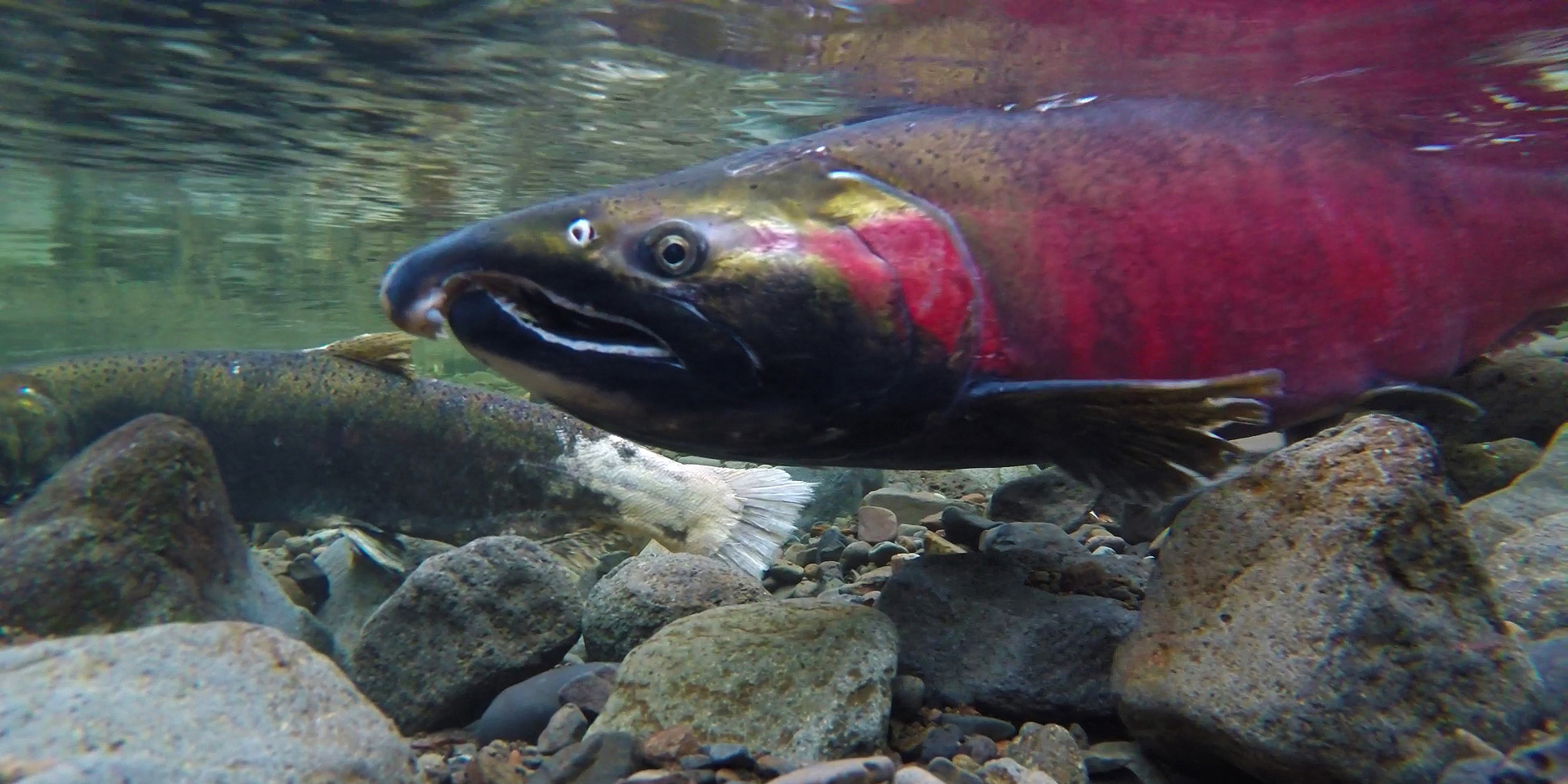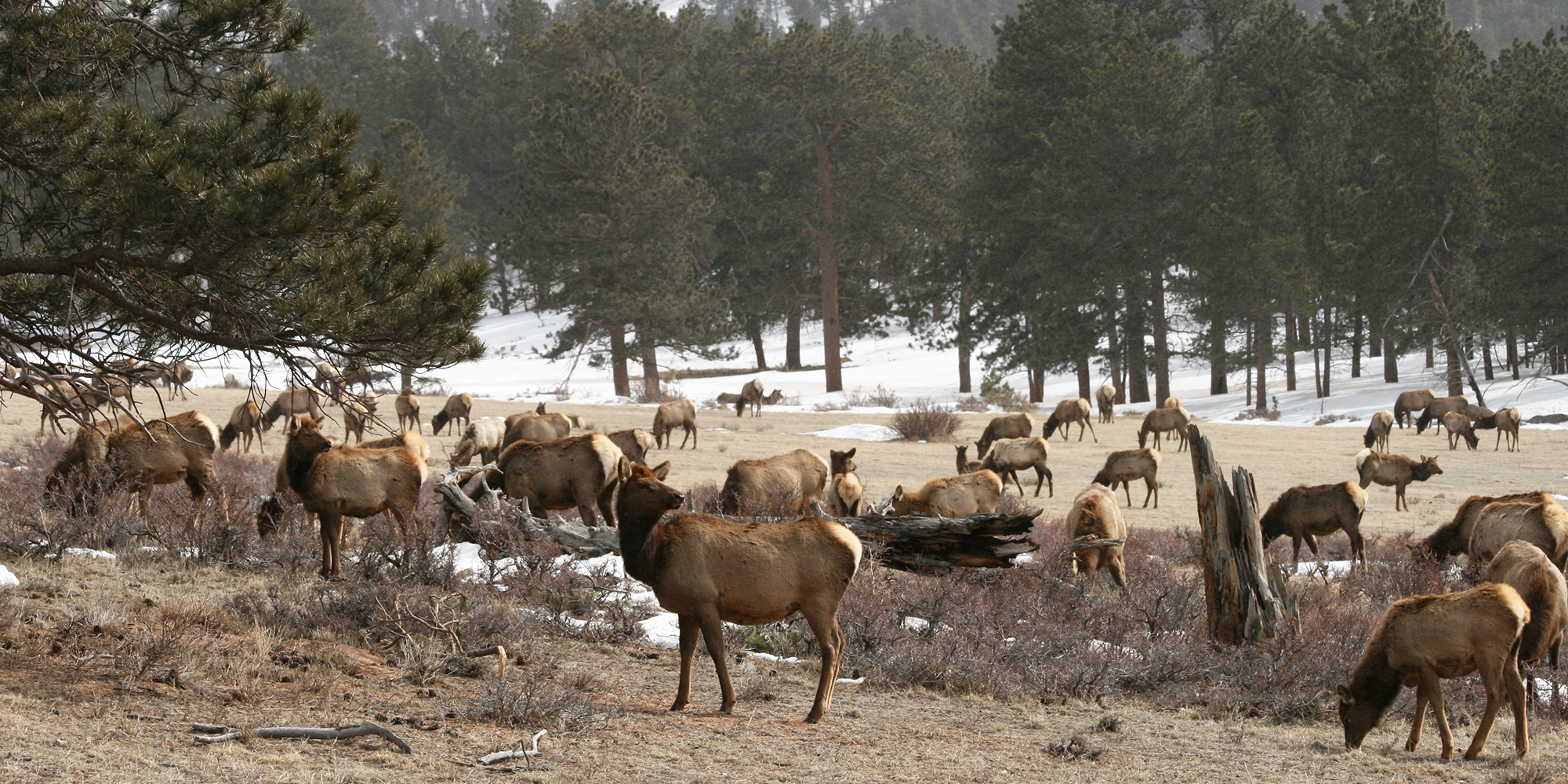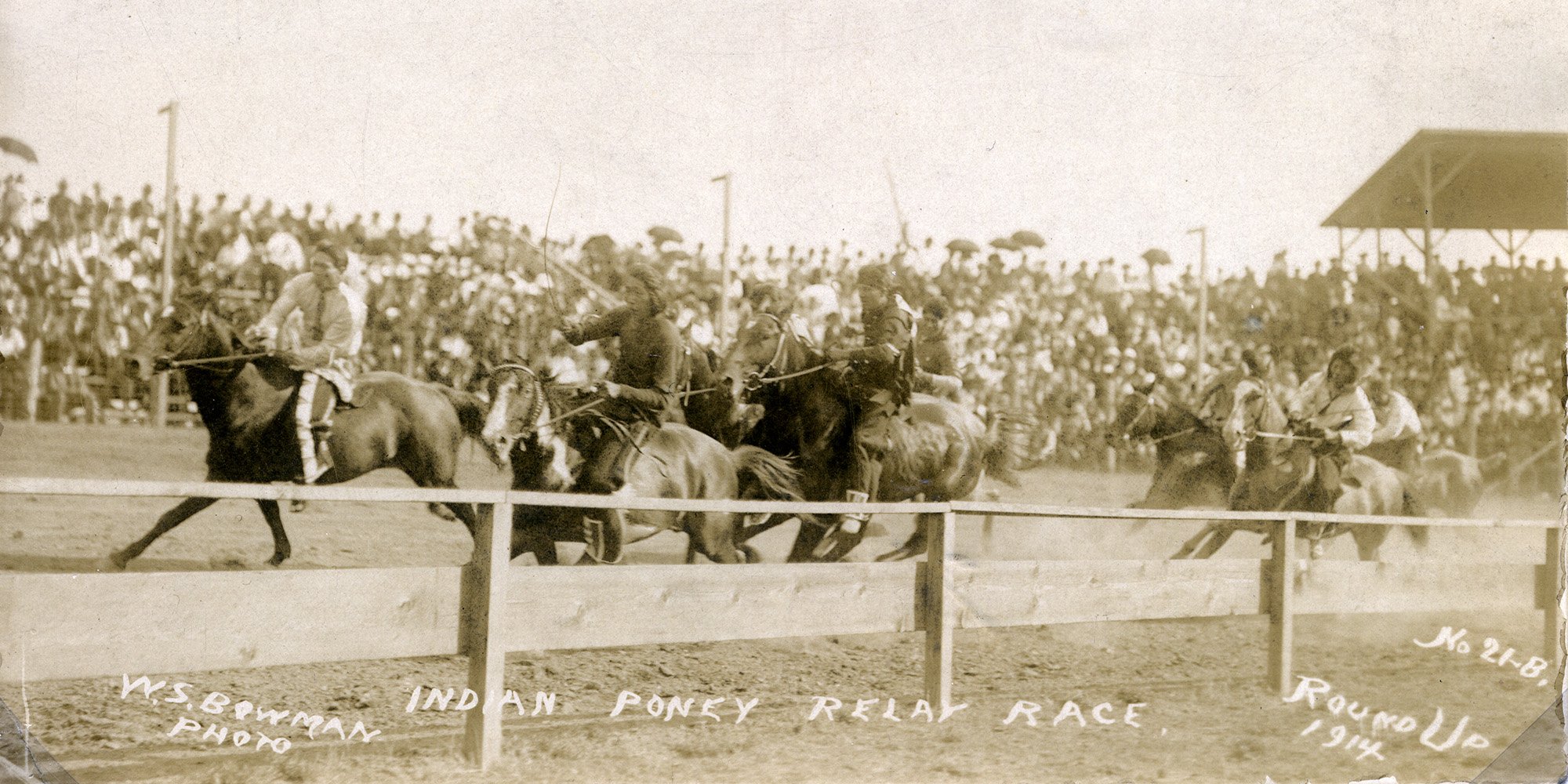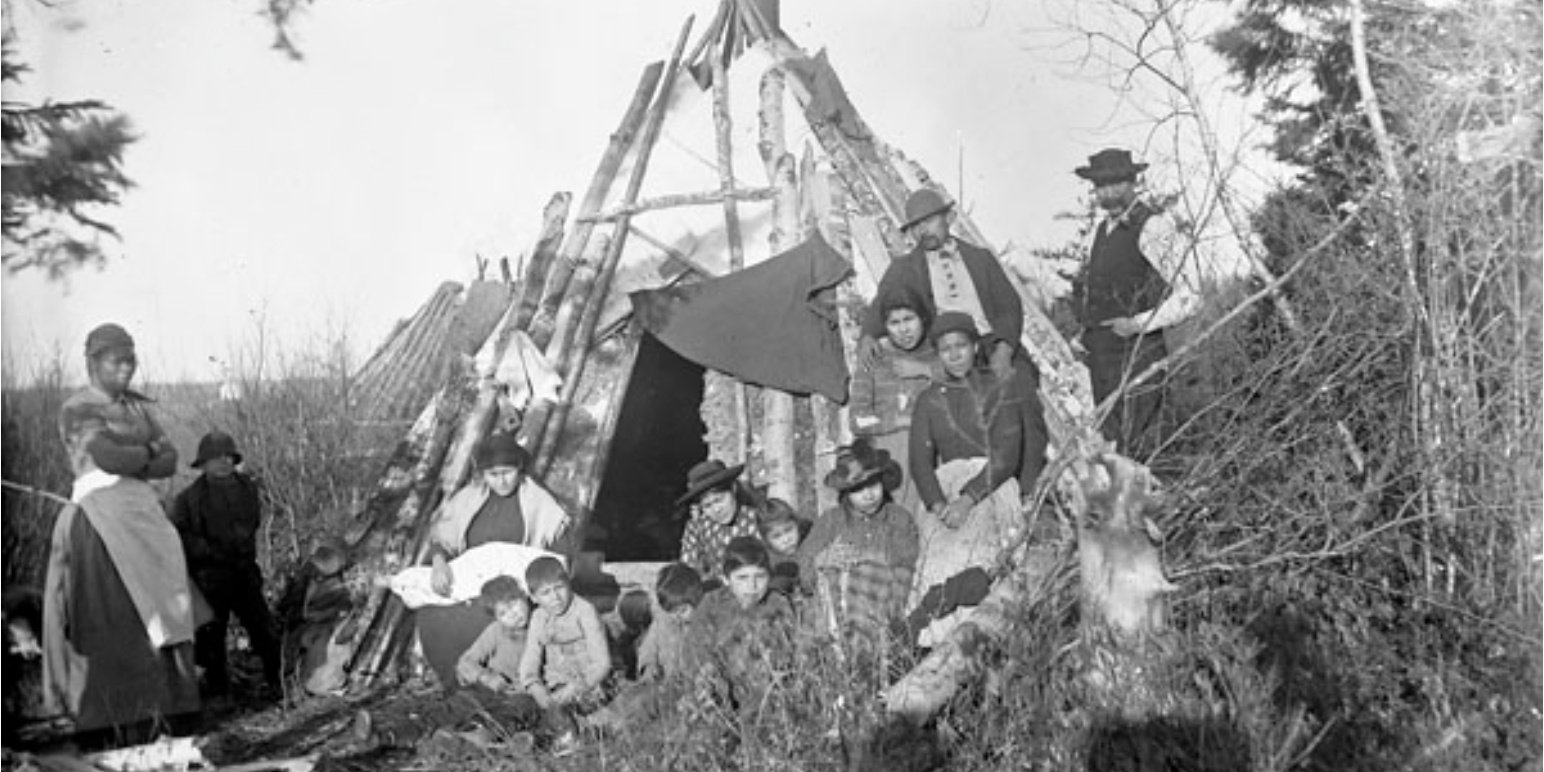Rise of Indigenous Traditional Knowledge in Environmental Assessments
There are more and more articles in the news about the value of Indigenous traditional knowledge being taken into account in climate change studies,...

Salmon have been a vital food source to many First Nations in BC since time immemorial but to many cultures, the salmon is much, much more than a food source. Some cultures believe salmon are their returning relatives, others believe they are gift-bearing relatives; salmon feature prominently in legends, art and ceremonies. Prior to European contact, salmon was also an important trade item so contributed to the community economy.
The connection with the vital salmon is legally recognized. The 1990 Supreme Court Decision in R. v. Sparrow ruled in a landmark decision that First Nations have an Aboriginal right, as defined in the Constitution Act, 1982, to fish for Food, Social and Ceremonial purposes, and that right takes priority over all others, after conservation.
For those wanting to learn more about the cultural practices of Indigenous Peoples in Canada, as well as the role the Supreme Court has played in relation to them, we recommend our Working Effectively With Indigenous Peoples® training.
First Nation communities in BC are considered to be among the oldest known fishing cultures in the world, and that reputation was not built on over-harvesting and stock depletion. Quite to the contrary. Some communities have fished certain salmon runs at certain spots at certain times of the year for generations - literally thousands of years.
Traditional fishing techniques were a combination of capture and release methods. On the fast-flowing rivers, fishers stood on wooden platforms that jutted out over the river and from there they gaffed or dip-netted the fish. River and tidal weirs are two of the most common methods and were used along the coast and into the interior of the province. A weir is a fence-like structure that prevents fish from continuing on their migratory route. Several large stakes are driven into the river or shore bed and a lattice, historically cedar boughs or maple saplings were used, is woven between them. The water flows through but the fish cannot; the fish were then netted or speared. Some communities built weirs that funnelled the fish into a trap. When enough fish had been caught for the coming winter, the weirs were removed so that the rest of the fish could swim onto the spawning grounds, thereby ensuring future runs. Weirs were also removed to allow upstream communities to access the fish.
Salmon conservation was practised long before commercialized fishing operations, canneries and pollution entered the equation and wreaked havoc on the stocks and introduced enforced closures on certain fish stocks. In many coastal communities, weirs were not put in the water until 10 days after the beginning of the run and removed 10 days after the community harvest - taking only what was needed ensured an abundant number of fish made it to the spawning grounds. Other communities held prolonged celebrations following the capture of the first big salmon of the run - the celebrations could last up to ten days, during which no one fished, again ensuring an abundant number of salmon would complete their migratory journey. Other communities removed the lattice at dusk and replaced it at dawn; some weirs had strategically placed holes in them to allow fish to pass through.
Some fishing spots were under the jurisdiction of hereditary leaders. They dictated who could fish there, when they could fish and how many they could take. Fishing spots in certain territories were family-owned and still are today, an example being the Stó:lō Nation.
First Nation communities have managed the natural resources within their territories since time immemorial. They depended on natural resources for food, clothing, shelter, weapons, transportation, trade and culture - it was not in their best interests to deplete fish stocks, destroy herds or clear-cut forests.
Featured photo: NPS Climate Change Response, Flickr

There are more and more articles in the news about the value of Indigenous traditional knowledge being taken into account in climate change studies,...

Agility, strength, balance, reflexes, hand-eye coordination, accuracy, strategy, intuition, and patience. These are skills Indigenous hunters and...

Long before John Cabot arrived on the shores of Newfoundland in 1497, Mi’kmaq People occupied what we now know as the Atlantic provinces. Mi’kmaq...